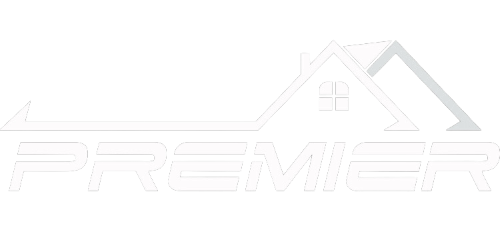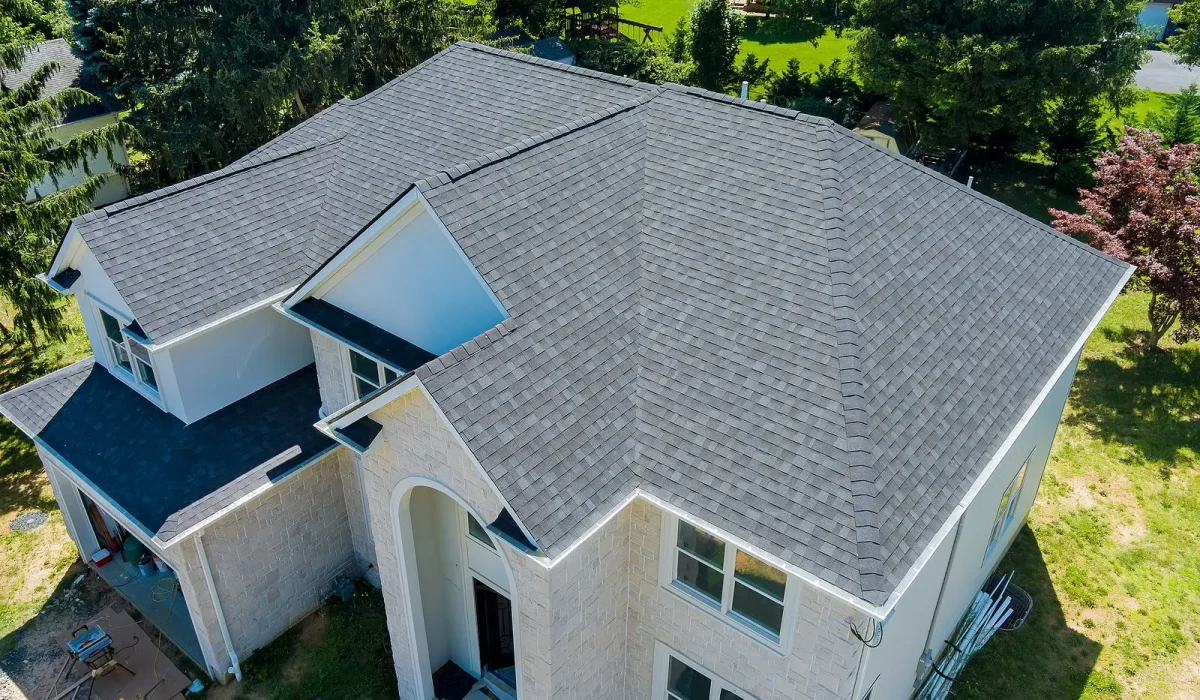As years pass by and your focus is pulled by the many responsibilities that life brings, it’s easy to forget about something you don’t often see: your roof.
Roof damage can occur due to various factors, including age, weather conditions, improper installation, lack of maintenance, and environmental factors. Here are some common types of roof damage that can occur over time:
Leaks: Leaks are one of the most common forms of roof damage. They can be caused by damaged or missing shingles, cracked flashing around vents or chimneys, or deteriorating sealant around roof penetrations.
Missing or Damaged Shingles: Shingles can become loose, cracked, or missing due to wind damage, hail, or simply wear and tear over time. Missing or damaged shingles can leave the underlying roof structure vulnerable to water damage.
Water Damage: Water damage can occur when water penetrates through the roof due to leaks or poor drainage. It can lead to rotting of the roof deck, insulation, and support structures, as well as mold and mildew growth.
Ice Dams: In colder climates, ice dams can form when snow on the roof melts and refreezes near the edges. This can prevent proper drainage and cause water to back up under the shingles, leading to leaks and water damage.
Ponding Water: Flat or low-sloped roofs may experience ponding water, where water accumulates and forms puddles due to poor drainage. Ponding water can accelerate roof deterioration and lead to leaks and structural damage.
Wind Damage: High winds can lift and dislodge shingles, tear off roofing materials, and damage flashing, especially along roof edges and corners. Severe windstorms can cause extensive damage to roofs.
Tree Damage: Overhanging tree branches or falling trees can cause physical damage to the roof, including punctures, scratches, and broken shingles. Tree debris can also accumulate on the roof and in gutters, leading to drainage problems.
UV Damage: Prolonged exposure to sunlight can cause roofing materials to deteriorate over time. UV radiation can lead to the fading, cracking, and warping of shingles, especially in hot climates.
Poor Ventilation: Inadequate attic ventilation can cause heat and moisture to build up in the attic, leading to premature aging of roofing materials, ice dams, and mold growth.
Hail Damage: Hailstorms can cause significant damage to roofs, especially asphalt shingles. Hailstones can leave dents, cracks, and punctures in shingles, leading to leaks and water damage.
Regular inspection and maintenance of your roof can help identify and address potential issues before they escalate into costly repairs. It’s important to address any signs of roof damage promptly to prevent further deterioration and protect your home’s structural integrity.


